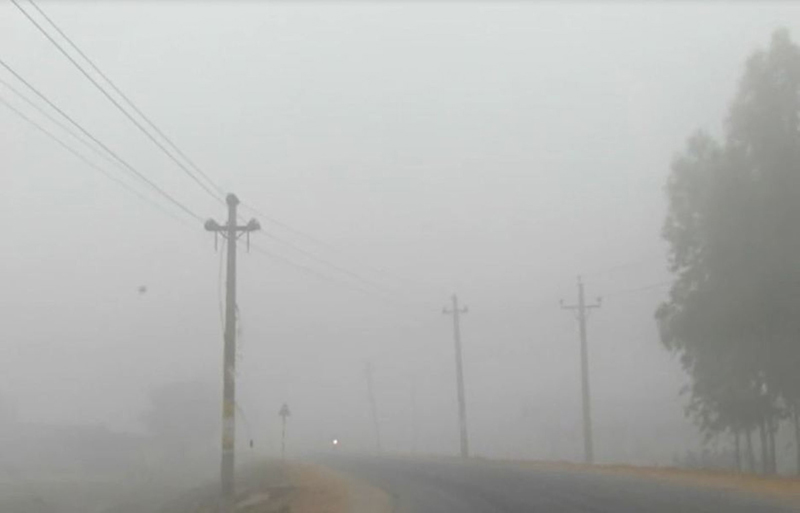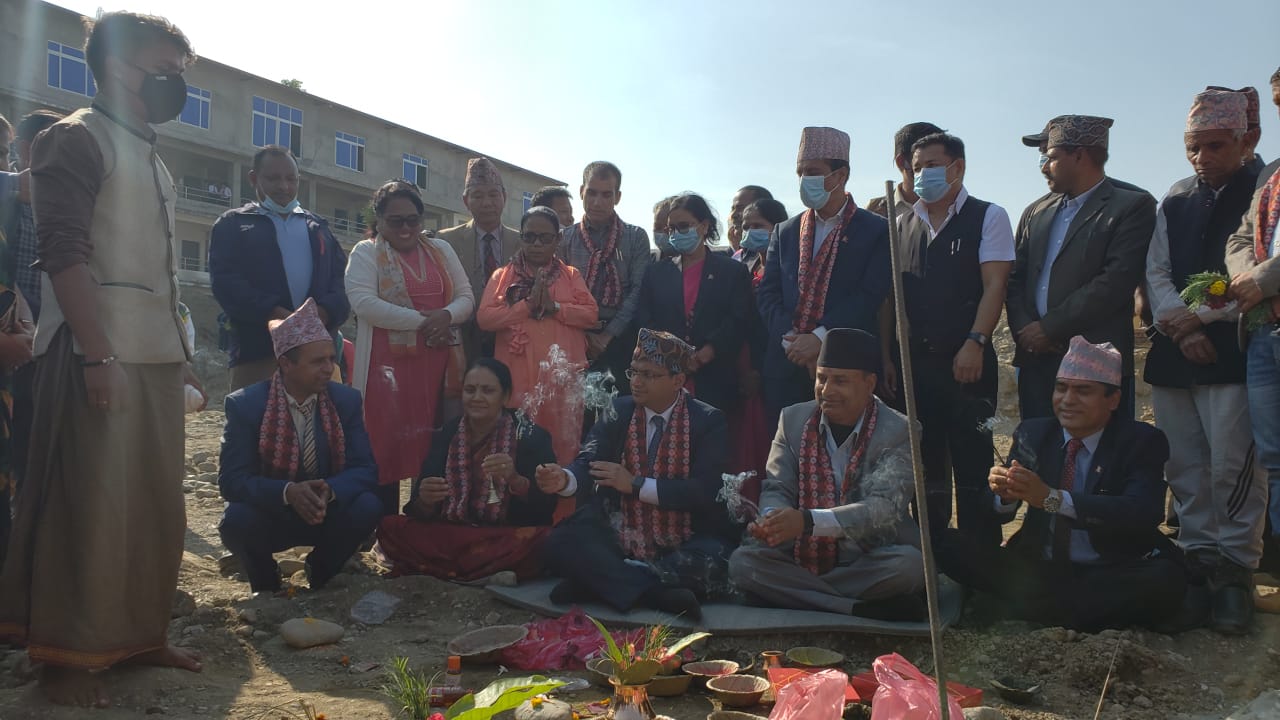
12/14/2022
Lamki, Dec. 14: Cold waves are considered one of the important extreme weather events affecting winter crop production in the Indo-Gangetic Plain (IGP). In spite of media coverage of extreme cold events in the Terai area of Nepal (Nepal section of IGP) in recent years, few studies on this topic were found.
This study investigates cold waves and their impact on agriculture during winter in the Terai region of Nepal. Historical daily maximum and minimum temperature data from six stations in the Terai (Dhangadhi, Nepalgunj, Bhairahawa, Simara, Janakpur, and Biratnagar) during 1971–2015 were analyzed to study the occurrence of cold days, cold nights, extreme cold days, extreme cold nights, cold wave days, and extreme cold wave days in the Terai.
The average number of cold days per annum ranges from 15.6 to 17.9 days and the extreme cold days per annum ranges from 3.2 to 3.6 days in the Terai. Except for Nepalgunj, all the Terai stations show statistically significant increasing trends in the frequency of cold days and extreme cold days over the last four decades. Similarly, the average number of cold wave days varies from 9.2 to 13.8 per annum and the average number of extreme cold wave days varies from 1.4 to 3.8 days in the Terai region of Nepal.
By comparing the co-occurrence of foggy days and cold and extreme cold wave days at Biratnagar, Simara, Bhairahawa, and Nepalgunj airport, it is also observed that most of the cold and extreme cold wave days are also foggy days. The perception of farmers regarding the effect of fog and cold wave events was explored through focus group discussions at Dhanusha and Sunsari districts of Nepal and found that the fog and cold events have significantly affected their winter crops, livestock, and their day-to-day life.






